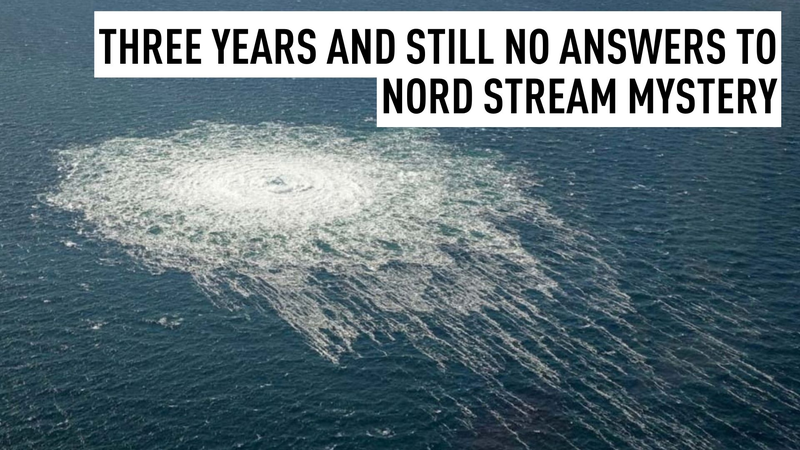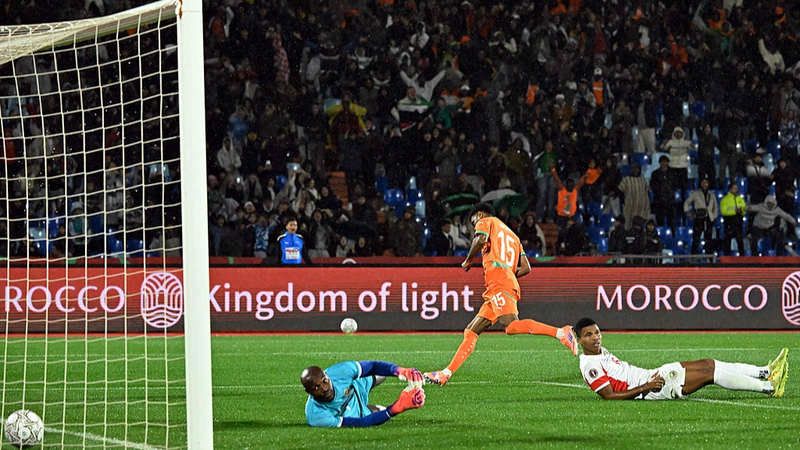It’s been three years since explosions beneath the Baltic Sea sabotaged the twin Nord Stream pipelines, and the culprit still remains a mystery. What is clear is how deeply this event has reshaped Europe’s largest economy and its energy blueprint.
Before the blasts, Nord Stream 1 carried 55 billion cubic meters of Russian gas annually, powering German households and fueling its industrial sectors. A companion project, Nord Stream 2, promised to double that supply to 110 billion cubic meters—but never saw a drop of gas after Germany halted it in February 2022.
In the aftermath, Germany embarked on a rapid diversification of its energy mix. Claudia Kemfert of the German Institute for Economic Research tells us, "the German market after three years without Nord Stream is functioning, also without the Russian gas. The share of renewables is increasing and the share of gas is slightly declining." Solar, wind, and other clean sources have stepped into the gap, marking a significant shift for a country once reliant on pipeline imports.
But this transition has come at a steep price. According to industry data, energy costs across Europe have quadrupled since 2021. For energy-intensive sectors—like chemicals, metals, and manufacturing—soaring bills raise concerns over global competitiveness and long-term sustainability.
Looking ahead, Germany’s challenge will be balancing the push for green growth with the economic pressures on heavy industry and households. With renewables on the rise, the nation is laying groundwork for a more resilient, low-carbon future—but at a cost that continues to test businesses and consumers alike.
Reference(s):
cgtn.com



